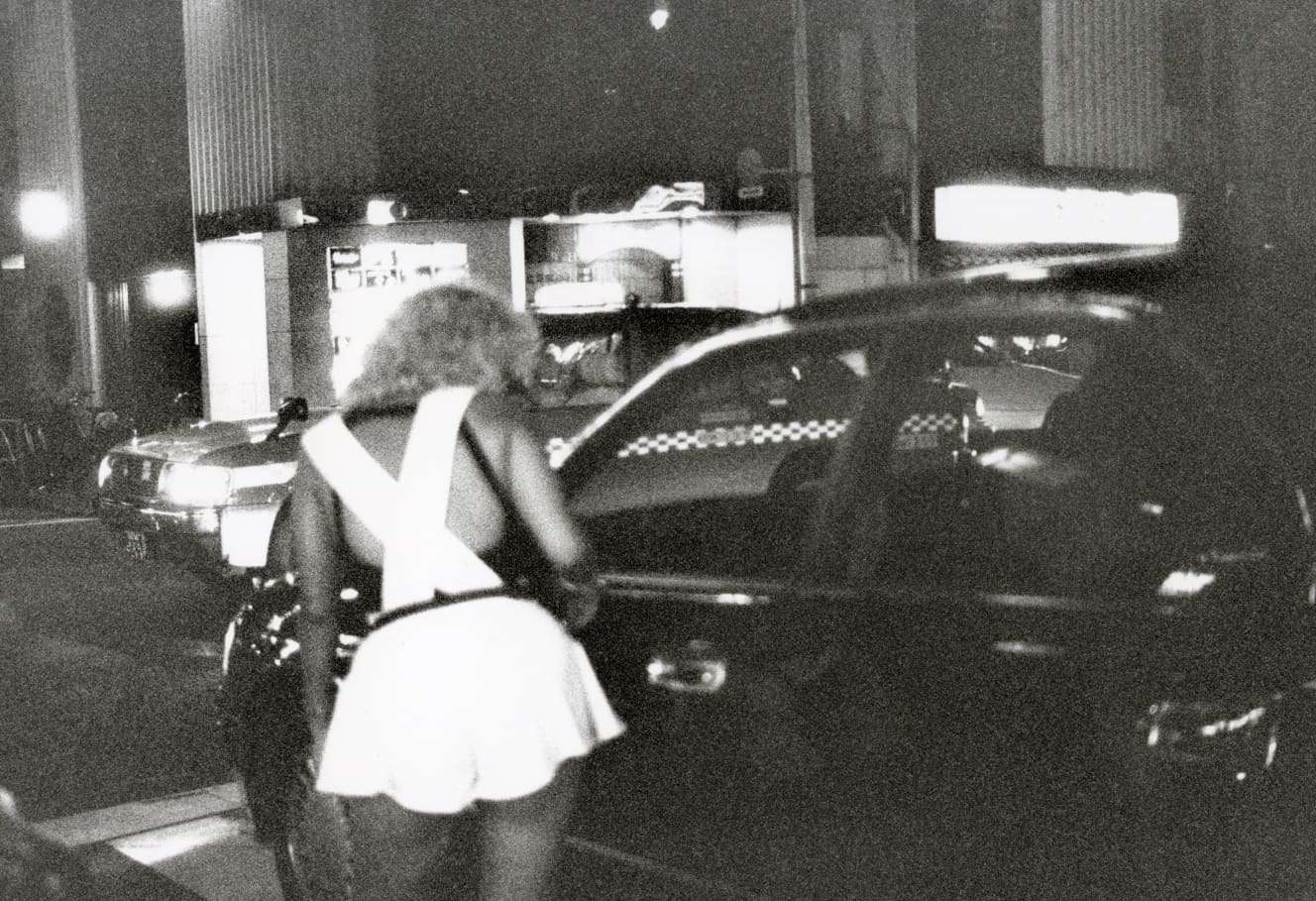Playback ’94] More Than 20 Women in Kinshicho, Central and South American “Women of the Night” in the Early Hours of the Day

What did “FRIDAY” report 10, 20, or 30 years ago? In “Playback Friday,” we take a look back at the topics that were hot at the time. This time, we will introduce a story from the October 14, 1994 issue, which was published 30 years ago, titled “The Number of Women of the Night in Kinshicho, Tokyo, Who Commute to Work from a Hostel,” which closely follows Central and South American “women of the night.
The “kohen joshi” or “dating girls” who stand in the Okubo Park area of Shinjuku have been reported in many media, and street prostitutes called “tachinbo” have become a major presence in the area. These “tachimbo” prostitutes are now predominantly Japanese, but in the past they were mostly foreigners. The following is an article that “closely follows” these women as they stand on the streets at night (the descriptions in parentheses are quotes from past articles).
More than 20 showy women were “waiting for customers.
In 1994, this reporter visited the south exit of Kinshicho Station in Sumida Ward, Tokyo. He had heard that the number of Latin American “women of the night” working in groups of seven or eight was rapidly increasing in the neon district here.
I took a quick stroll through the downtown area at this early hour, and found roughly 20 women already in the area. Leaning against parked cars or perched on guardrails, they waited for customers while chatting with their friends.
With blonde or brown hair slicked back over their shoulders and flashy jewelry, they stood on the street, wearing darker makeup on top of their already chiseled eyes and noses. They were dressed in tight jeans and open-breasted jackets, or in white minis and black tank tops.
Putting a hand on the shoulder of a man on the street: ……
At the time of the interview, this reporter saw that the girls were very enthusiastic in their “sales” activities. They would pace with a man on the street and make him feel comfortable by putting their hands on his shoulders. They responded amiably to the drunken businessman’s poor English, waved and flirted with him when a car drove by, and talked to him through the window when he stopped. Once the “business meeting” is concluded in this way, they go straight to a nearby hotel.
Some women stood alone or in pairs on street corners, but most were waiting for customers with their friends. There were also a few women standing in a park a little further down the road along the railroad tracks.
“Nimanen~, asobanai?” . Her quiet voice drew customers.
I asked back, “20,000 yen for two hours?” When I asked her back, she answered in dubious Japanese, “Chigau, ichijikan, nimanen~.
When a middle-aged drunken man settled down and said, “Too expensive, too expensive,” he put his hand on his arm and said, “Takakunai yo,” inviting the customer to join him.
When I later asked one of the “customers” about their technique, she replied, “No, I can’t last an hour, No, I couldn’t last more than an hour. Drunk or not, I was squeezed out in no time at all,” she complained. It seems that the policy of “customer service” is that as long as the “business deal” is concluded, the rest is emotionless. The girls said they usually deal with three to four customers a day.
When the customers stop showing up, some of the women are chatting with their friends in the convenience store. When the sky became slightly brighter and the streets less crowded, the women headed home. Some women get into a one-box car driven by a yakuza-like man, while others wait for the first train at the station.
I took the first up train at 4:48 a.m. and arrived at Koenji at 5:23 a.m., changing trains at Ochanomizu on the way. On a good day, they would sometimes take a cab back to the apartment where they lived. Even in the early 1990s, just after the bursting of the bubble economy, Japan must have been a country where these women could make a lot of money.
Latin American Women Brought to Japan for “Blonde Demand
The number of foreign women “dekasegi” in Japan has increased since the 1980s. These women were once called “Japa-Yuki-san” after “Karayuki-san” who went abroad from Japan to work. They were mostly of Asian descent, such as Filipinos and Thais, and worked in restaurants and sex stores, but some of them also stood on street corners. Most of the women standing at “stand-up” spots at the time, such as Shin-Okubo, Ikebukuro West Exit, Kinshicho, and Isezaki-cho in Yokohama, were foreign women.
There was a period around 1990 when the number of Central and South American women began to increase rapidly among the mostly Asian “Japa-Yuki-san” crowd. These women were brought in by brokers from Colombia, Venezuela, Chile, and other countries. At that time, it was the role of brokers to bring “JapaYuki-san” from their home countries, but since there was a high demand for blonde foreign women, it is said that they pioneered the Latin American route where they could bring blonde women cheaply.
The women were often saddled by brokers with expensive debts in the name of entry fees, and soon came under international criticism as “human traffickers. As a result of stricter enforcement measures, women of Latin American descent seemed to have almost completely disappeared by the late 1990s.
Thirty years have changed the landscape 180 degrees.





PHOTO: Shigeki Katano, Michie Onodera